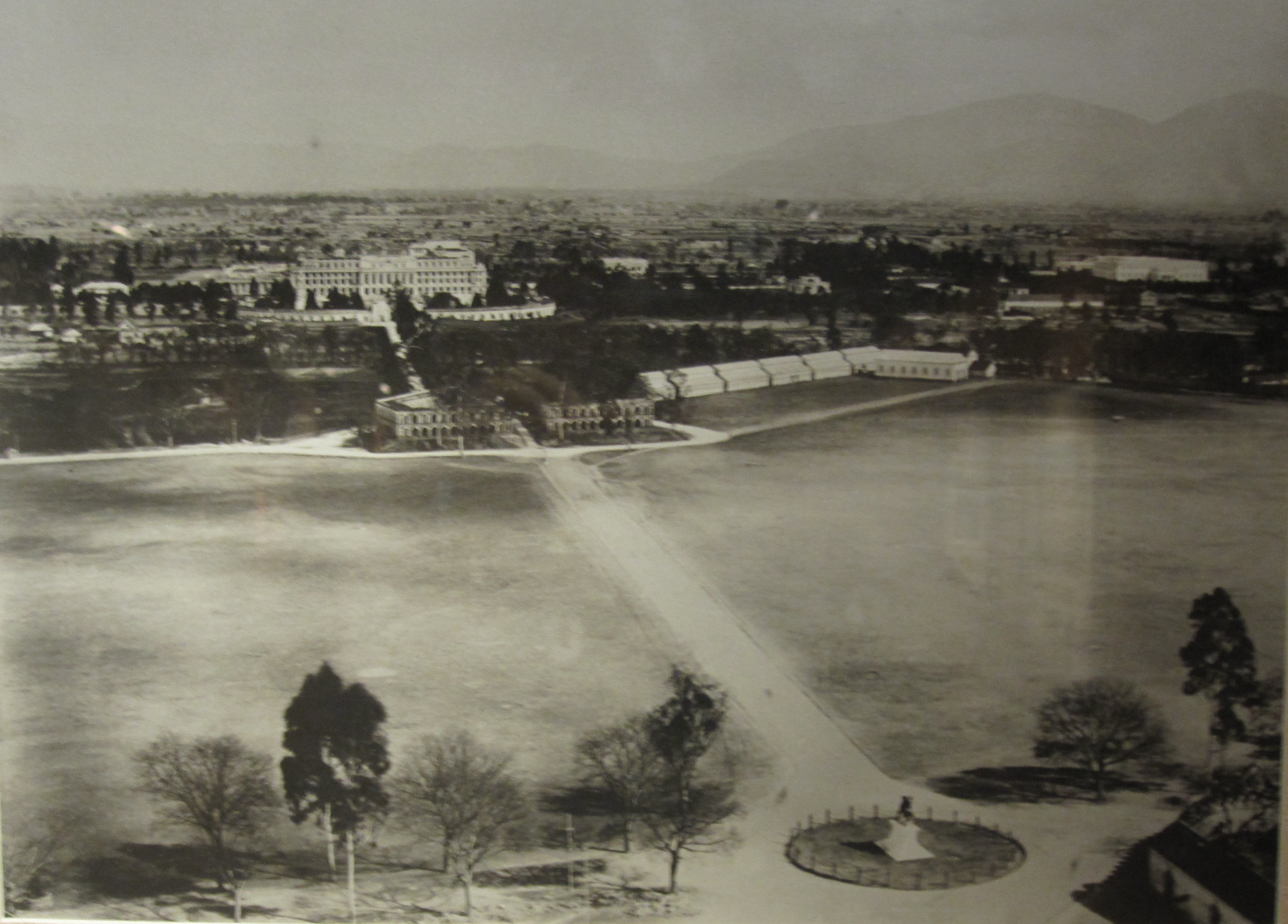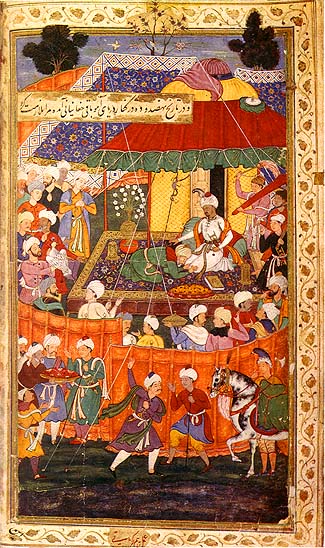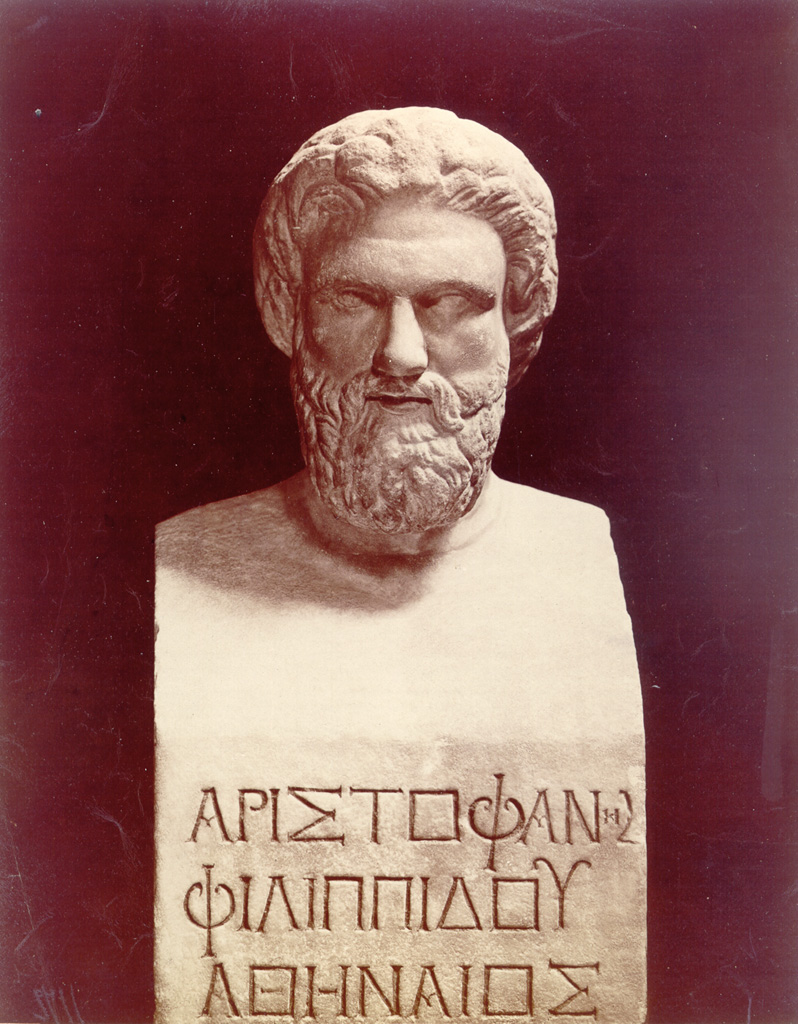|
Singhadurbar Badalne Sangharsha
Singhadurbar Badalne Sangharsha (English:Struggle to Change Singha Durbar) is Nepalese autobiography Political Non-fiction book written by Nepalese politician Lal Babu Pandit originally published in 2017 under the banner of Publication company Nepa Laya Publication. Singhadurbar Badalne Sangharsha describes the story of politician Lal Babu Pandit with his 40 years of experience in Politics career and he is known mostly for fighting the corruption and malpractice throughout Nepal also Pandit has set an example of good politician throughout Nepal. Synopsis Lal Babu Pandit is a politician who has been referred as a good politician and fighting for the honesty to remark about his politics he has written a book about changing the parliament of Nepal. The book starts with Pandit getting a call from CPN (UML) to inform him he has been nominated for the ministerial post. The book also talks about the story of movement with late Madan Bhandari Nepal Ratna Man Padavi Madan Kumar Bhanda ... [...More Info...] [...Related Items...] OR: [Wikipedia] [Google] [Baidu] |
Lal Babu Pandit
Lal Babu Pandit, is a Nepalese politician from Nepal Communist Party and was the Minister of Federal Affairs and General Administration under Second Oli cabinet. He was elected to the House of Representatives from Morang - 6 in the 2017 election by defeating Congress candidate Shekhar Koirala. He was elected to the First and Second Constituent Assembly under Proportional Representation system. Minister of General Administration He was the Minister of General Administration under Sushil Koirala led government during which he gained publicity for his campaign against officials holding Permanent Resident status of other countries. Action against Permanent Residency holders In 2014 he garnered attention for creating a list of 1,100 senior government officials who hold permanent residency in foreign countries and announced to take action against the people on the list. He claimed that he received a number of death threats for his controversial action to disallow permanent reside ... [...More Info...] [...Related Items...] OR: [Wikipedia] [Google] [Baidu] |
Nepali Language
Nepali (; , ) is an Indo-Aryan language native to the Himalayas region of South Asia. It is the official, and most widely spoken, language of Nepal, where it also serves as a '' lingua franca''. Nepali has official status in the Indian state of Sikkim and in the Gorkhaland Territorial Administration of West Bengal. It is spoken by about a quarter of Bhutan's population. Nepali also has a significant number of speakers in the states of Arunachal Pradesh, Assam, Himachal Pradesh, Manipur, Meghalaya, Mizoram and Uttarakhand. In Myanmar it is spoken by the Burmese Gurkhas. The Nepali diaspora in the Middle East, Brunei, Australia and worldwide also use the language. Nepali is spoken by approximately 16 million native speakers and another 9 million as a second language. Nepali is commonly classified within the Eastern Pahari group of the Northern zone of Indo-Aryan. The language originated from the Sinja Valley, Karnali Province then the capital city of the Khasa K ... [...More Info...] [...Related Items...] OR: [Wikipedia] [Google] [Baidu] |
Nepal
Nepal (; ne, नेपाल ), formerly the Federal Democratic Republic of Nepal ( ne, सङ्घीय लोकतान्त्रिक गणतन्त्र नेपाल ), is a landlocked country in South Asia. It is mainly situated in the Himalayas, but also includes parts of the Indo-Gangetic Plain, bordering the Tibet Autonomous Region of China to the north, and India in the south, east, and west, while it is narrowly separated from Bangladesh by the Siliguri Corridor, and from Bhutan by the Indian state of Sikkim. Nepal has a diverse geography, including fertile plains, subalpine forested hills, and eight of the world's ten tallest mountains, including Mount Everest, the highest point on Earth. Nepal is a multi-ethnic, multi-lingual, multi-religious and multi-cultural state, with Nepali as the official language. Kathmandu is the nation's capital and the largest city. The name "Nepal" is first recorded in texts from the Vedic period of the India ... [...More Info...] [...Related Items...] OR: [Wikipedia] [Google] [Baidu] |
Autobiography
An autobiography, sometimes informally called an autobio, is a self-written account of one's own life. It is a form of biography. Definition The word "autobiography" was first used deprecatingly by William Taylor in 1797 in the English periodical ''The Monthly Review'', when he suggested the word as a hybrid, but condemned it as "pedantic". However, its next recorded use was in its present sense, by Robert Southey in 1809. Despite only being named early in the nineteenth century, first-person autobiographical writing originates in antiquity. Roy Pascal differentiates autobiography from the periodic self-reflective mode of journal or diary writing by noting that " utobiographyis a review of a life from a particular moment in time, while the diary, however reflective it may be, moves through a series of moments in time". Autobiography thus takes stock of the autobiographer's life from the moment of composition. While biographers generally rely on a wide variety of documents an ... [...More Info...] [...Related Items...] OR: [Wikipedia] [Google] [Baidu] |
Politics Of Nepal
The politics of Nepal functions within the framework of a parliamentary republic with a multi-party system. Executive power is exercised by the Prime Minister and their cabinet, while legislative power is vested in the Parliament. The Governing Nepali Congress and Communist Party of Nepal (UML) have been the main rivals of each other since the early 1990s, with each party defeating the other in successive elections. There are seven major political parties in the federal parliament: Nepali Congress (NC), CPN (UML), CPN (Maoist-centre), CPN (Unified Socialist), People's Socialist Party, Nepal, Loktantrik Samajwadi Party, Nepal and People's Progressive Party. While all major parties officially espouse democratic socialism, UML, Unified Socialist and Maoist-centre are considered leftist while the Nepali Congress, Democratic Socialist Party and People's Progressive Party are considered centrist, with most considering them center-left and some center-right. The party PSP-N is cent ... [...More Info...] [...Related Items...] OR: [Wikipedia] [Google] [Baidu] |
Singha Durbar
Singha Durbar ( ne, सिंहदरवार, lit=Lion's Palace) is a palace in Kathmandu, the capital of Nepal. The palace complex lies in the centre of Kathmandu, to the north of the Babar Mahal and Thapathali Durbar and east of Bhadrakali Temple. This palace was built by Chandra Shumsher JBR in June 1908. The palace used to be one of the most exquisite and lavish of palaces in the world until the 1950s. Today it houses buildings of the Nepali Government, including the Pratinidhi Sabha, the Rastriya Sabha and several ministries. History Singha Durbar was built by Chandra Shumsher JBR immediately after accession to the post of Prime Minister. It was initially a small private residence but grew bigger during the construction. Immediately after construction, Chandra Shumsher JBR sold this property to the Government of Nepal for 20 million Nepali rupees as the official residence of Prime minister. After his death in 1929, it was used as the official residence of prime m ... [...More Info...] [...Related Items...] OR: [Wikipedia] [Google] [Baidu] |
Autobiography
An autobiography, sometimes informally called an autobio, is a self-written account of one's own life. It is a form of biography. Definition The word "autobiography" was first used deprecatingly by William Taylor in 1797 in the English periodical ''The Monthly Review'', when he suggested the word as a hybrid, but condemned it as "pedantic". However, its next recorded use was in its present sense, by Robert Southey in 1809. Despite only being named early in the nineteenth century, first-person autobiographical writing originates in antiquity. Roy Pascal differentiates autobiography from the periodic self-reflective mode of journal or diary writing by noting that " utobiographyis a review of a life from a particular moment in time, while the diary, however reflective it may be, moves through a series of moments in time". Autobiography thus takes stock of the autobiographer's life from the moment of composition. While biographers generally rely on a wide variety of documents an ... [...More Info...] [...Related Items...] OR: [Wikipedia] [Google] [Baidu] |
Political Fiction
Political fiction employs narrative to Political commentary, comment on political events, systems and theories. Works of political fiction, such as political novels, often "directly criticize an existing society or present an alternative, even fantastic, reality". The political novel overlaps with the social novel, proletarian novel, and social science fiction. Plato's ''Republic (Plato), Republic'', a Socratic dialogue written around 380 BC, has been one of the world's most influential works of philosophy and Political philosophy, political theory, both intellectually and historically. The ''Republic'' is concerned with justice (:Wiktionary:δικαιοσύνη, δικαιοσύνη), the order and character of the just city-state, and the just man. Other influential politically-themed works include Thomas More's ''Utopia (book), Utopia'' (1516), Jonathan Swift's ''Gulliver's Travels'' (1726), Voltaire's ''Candide'' (1759), and Harriet Beecher Stowe's ''Uncle To ... [...More Info...] [...Related Items...] OR: [Wikipedia] [Google] [Baidu] |
Non-fiction
Nonfiction, or non-fiction, is any document or media content that attempts, in good faith, to provide information (and sometimes opinions) grounded only in facts and real life, rather than in imagination. Nonfiction is often associated with being presented more objectively, like historical, scientific, or otherwise straightforward and accurate information, but sometimes, can be presented more subjectively, like sincerely held beliefs and thoughts on a real-world topic. One prominent usage of nonfiction is as one of the two fundamental divisions of narrative (storytelling)—often, specifically, prose writing—in contrast to narrative fiction, which is largely populated by imaginary characters and events, though sometimes ambiguous regarding its basis in reality. Some typical examples of nonfiction include diaries, biographies, news stories, documentary films, textbooks, travel books, recipes, and scientific journals. While specific claims in a nonfiction work may p ... [...More Info...] [...Related Items...] OR: [Wikipedia] [Google] [Baidu] |
Nepa Laya Publication
The National Environmental Policy Act (NEPA) is a United States environmental law that promotes the enhancement of the environment and established the President's Council on Environmental Quality (CEQ). The law was enacted on January 1, 1970.United States. National Environmental Policy Act of 1969. , Approved January 1, 1970. ''et seq.'' To date, more than 100 nations around the world have enacted national environmental policies modeled after NEPA. Prior to NEPA, Federal agencies were mission oriented. An example of mission orientation was to select highway routes as the shortest route between two points. NEPA was necessary to require Federal agencies to evaluate the environmental effects of their actions. NEPA's most significant outcome was the requirement that all executive Federal agencies prepare environmental assessments (EAs) and environmental impact statements (EISs). These reports state the potential environmental effects of proposed Federal agency actions. Further, ... [...More Info...] [...Related Items...] OR: [Wikipedia] [Google] [Baidu] |
Communist Party Of Nepal (Unified Marxist–Leninist)
The Communist Party of Nepal (Unified Marxist–Leninist) (; abbr. CPN (UML)) is the largest political party in Nepal on the basis of memberships. As per the results of recent elections, ''CPN (UML)'' stands as the second largest party of Nepal at all levels of government. There have been four prime ministers from the party while the party has led the government five times. CPN (UML) currently serves as the main coalition partner in the Federal Parliament of Nepal and all of the seven provincial assemblies. As of 2021, the party claims to have nearly 800,000 members. CPN (UML) was the main opposition after the first election following the restoration of multi-party democracy. The party led a minority government under Manmohan Adhikari following the 1994 election. The party joined a coalition government with CPN (Maoist) in 2008 in the first elections after the end of monarchy in Nepal and led two governments under Madhav Kumar Nepal and Jhala Nath Khanal during the term of ... [...More Info...] [...Related Items...] OR: [Wikipedia] [Google] [Baidu] |
Madan Bhandari
Nepal Ratna Man Padavi Madan Kumar Bhandari ( ne, मदन कुमार भण्डारी) (27 June 1951K.C., Surendra. ''Aitihasik dastavej sangroh - bhag 2''. Kathmandu: Pairavi Prakashan, 2063 B.S.. p 464. – 17 May 1993), commonly known as Madan Bhandari, was a popular Nepali political leader belonging to the Communist Party of Nepal (Unified Marxist–Leninist), a democratic communist party in Nepal. He defeated the incumbent Prime Minister Krishna Prasad Bhattarai in a landslide victory of 1991 general election. Known for his charismatic style, Bhandari had propounded the popular communist principle or thought "People's Multiparty Democracy" ( ne, जनताको बहुदलीय जनवाद). He is widely regarded for peaking the Nepal's communist movement to a greater height. He died in a jeep accident in Dasdhunga, Chitwan, in 1993. Life Madan Bhandari was born in the Dhungesangu village of Taplejung district in eastern Nepal. He studied in ... [...More Info...] [...Related Items...] OR: [Wikipedia] [Google] [Baidu] |






